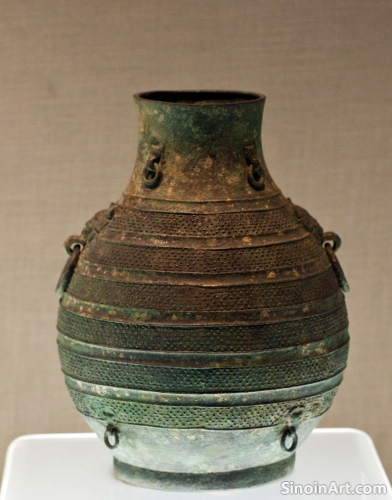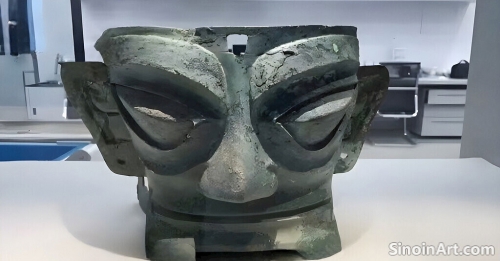Bronze Ware and Ancient Chinese Understandings of the Natural World: Animal Symbolism and Ecological Awareness
|
Beyond the symbolic depictions of mythical creatures, Chinese bronze ware also reflected a deep appreciation for the natural world, with many objects featuring detailed representations of real animals, plants, and landscapes, and providing insight into the ancient Chinese understanding of the interconnectedness of humans and the natural world. The integration of natural forms into artistic creation helped to connect the spiritual and practical aspects of life.  The depictions of animals on bronze ware often reflected their ecological roles, and their importance in both the agricultural and spiritual lives of the ancient Chinese. The careful observation of nature is readily apparent in the lifelike and realistic depictions of animals and plants. The use of specific animals and plants helped to convey certain spiritual and symbolic meanings.  The inclusion of landscapes and natural elements on bronze ware also emphasized a sense of connection to the earth and to a larger understanding of natural forces and energies. The integration of nature into the designs of these pieces helps to show the complex understanding that they had of their relationship to their physical environment.  The careful use of bronze and also the use of natural imagery suggests an overall understanding of the fragility of nature and also its essential role in the wellbeing of the human world. The use of artistic expression to convey scientific and environmental understanding was a hallmark of ancient Chinese culture. The study of bronze ware and its connection to the natural world provides a unique perspective on the environmental awareness and worldview of ancient China, revealing their understanding of the interconnectedness of all living things. The integration of natural elements into art helped to shape both a scientific and a spiritual connection to the world. |
Tag : bronze animal symbolism, Chinese nature, ecological awareness, ancient landscape, natural motifs
Related information
- The Preservation of Inscribed Bronzes: Understanding the Text and History
- Bronze Ware and the Representation of Power in Ancient Chinese Royal Tombs: Scale, Detail, and Symbolism
- The Development of Bronze in the Spring and Autumn Period: New Forms, Techniques, and Regional Styles
- The Use of Bronze in Ancient Chinese Household Items: Beyond Ritual and Warfare
- Bronze Ware and the Representation of Women in Ancient China: Social Roles and Power Dynamics
This article focuses on the preservation of inscribed bronze ware, highlighting the importance of protecting both the objects and their historical texts, detailing the techniques used for conservation and analysis, and emphasizing the ongoing academic work to interpret the inscriptions.
This article explores the use of bronze ware in ancient Chinese royal tombs, highlighting its role in conveying power and wealth, its use of scale and detail, its symbolic designs, and how these objects were intended to ensure the continued recognition of the deceased in the afterlife.
This article explores the development of bronze ware during the Spring and Autumn period, highlighting new forms, innovative techniques, and the rise of distinctive regional styles, reflecting the growing artistic diversity of the time.
This article explores the use of bronze in ancient Chinese household items, highlighting objects like mirrors, lamps, braziers, tools, and containers, and demonstrating how bronze enriched everyday life beyond ritual and warfare.
This article explores the representation of women in ancient China through bronze ware, highlighting their roles in daily life and ritual, their depictions in art, and revealing the complex social and gender dynamics of the era.